HCMC - Three days before Tet Nguyen Tieu, Kim Phung, 28 years old, ordered a tray of mochi dumplings online instead of the traditional sweet rice balls.
The girl in Phu Nhuan district prepared a simple offering tray with only sweet dishes, so along with the mochi sticky rice tray, she chose to add flower milk jelly and sticky rice. "The sweet balls are small and have a sweet taste with areca flower syrup," Phung said. "The flower jelly helps to reduce the feeling of fullness when eating many sticky rice balls."
This offering tray costs about 160,000 VND, enough for four people. The sticky rice is pressed into a square mold and wrapped in beautifully decorated paper. The mochi balls are about two centimeters in diameter, smaller than the usual mung bean-filled sticky rice balls.
Phung's change pleased her 60-year-old aunt, who used to be in charge of the family's offerings.

Sweet offerings at a shop in District 1, Ho Chi Minh City. Photo provided by the character
In previous years, Ngoc Bich's family, 29 years old, often made offerings on the full moon day of the first lunar month with vegetarian dishes, three soups, and a stir-fried meat dish, according to the Chinese tradition. This year, Bich took over the offerings from her mother. Instead of sticky rice and sweet rice balls, she chose a combination of sticky rice, sweet rice, and lotus-shaped dumplings.
A representative of TeaJoy, a store that provides sweet offerings in District 1, Ho Chi Minh City, said that there will be a noticeable change during the 2024 Lantern Festival when customers aged 18-35 make up the majority.
Young customers often have different views on offerings and food, offerings need to be beautiful, delicious taste is not the most important factor. They realize that in previous years, during the Lantern Festival, families had to buy a lot of sticky rice and sweet soup for offerings but could not eat it all in one day, so after the offerings, they often had to give away a portion.
Therefore, the offering tray must prioritize affordable products with neat and eye-catching interface. At the same time, sticky rice, sweet soup, and jelly products with small, attractive designs will sell well.
Ms. Nguyen Tram, a Tet Nguyen Tieu offering tray service provider, said that today's consumers prefer convenience but still have to focus on traditional meanings and values, so offerings such as lotus sticky rice, mochi floating rice balls, and sweet cakes are popular. "Dishes during Tet Nguyen Tieu often have the image of lotus flowers to offer to Buddha and ancestors," Ms. Tram said.

Mochi floating rice cake offering tray at a shop in District 1, Ho Chi Minh City. Photo provided by the character
Dr. Nguyen Thanh Phong, lecturer at the Faculty of Cultural Studies, University of Social Sciences and Humanities, Ho Chi Minh City, said that the full moon of January is a traditional holiday in the calendar of ancient East Asian agricultural residents.
The South is a land of many different communities, including the Chinese and Vietnamese communities who celebrate Tet Nguyen Tieu on the 14th and 15th of January.
For Southern residents, the full moon of January is the time when heaven and earth are in harmony, the moon shines brightly, and Thien Quan begins to bless the world, so residents often arrange offerings to worship heaven, Buddha, gods, and ancestors to pray for everyone's blessings for a year of fulfillment, goodness, fullness, and satisfaction.
Mr. Phong said that up to now, there has been no document clearly stating what offerings are offered during the Lantern Festival of the Southern people. In each place, depending on the object of worship and available offerings, the homeowner will arrange the offerings differently.
For the offering tray to the ancestors and Buddha, the homeowner will set up a vegetarian offering including incense, tea, cakes, fruits, sticky rice, and simple vegetarian dishes.
The offering tray to worship gods or ancestors, in addition to incense, tea, cakes and fruits, also includes sweet sticky rice (commonly sweet boiled water sweet rice, sticky rice cake, little cake, sticky rice with beans) and a tray of meat and fish soup, commonly chicken, duck, pork, beef, shrimp, crab, and fish.
The Tet Nguyen Tieu offering tray is the result of the homeowner's labor, usually products grown by the family itself. Therefore, it conveys the homeowner's respect and devotion to the gods, Buddhas, and ancestors.
In the offerings, the pair of lamps symbolize the yin and yang of the sun and the moon, the three incense sticks symbolize the three talents (heaven - earth - human) and have the function of connecting humans with the gods, sweet rice balls symbolize the wish for fulfillment, and sticky rice and beans symbolize fertility and success.
Over time, the offerings for the Lantern Festival have also changed a lot. This is a common occurrence in the evolution of traditional cultural values in social life.
Many young people continue to worship their families on the occasion of the Lantern Festival with new offerings such as lotus jelly, green bean and fruit cakes, and lotus sticky rice, showing that the culinary tastes of those performing the ritual have contributed to changing the offerings.
Mr. Phong believes that innovation does not harm traditional culture, especially in the context of Southern culture which is very liberal, flexible and always adaptable to new circumstances.
Ngoc Ngan - Vnexpress.net
Source


![[Photo] Students of Binh Minh Primary School enjoy the full moon festival, receiving the joys of childhood](https://vphoto.vietnam.vn/thumb/1200x675/vietnam/resource/IMAGE/2025/10/3/8cf8abef22fe4471be400a818912cb85)
![[Photo] Prime Minister Pham Minh Chinh chairs meeting to deploy overcoming consequences of storm No. 10](https://vphoto.vietnam.vn/thumb/1200x675/vietnam/resource/IMAGE/2025/10/3/544f420dcc844463898fcbef46247d16)
![[Infographic] Notable numbers after 3 months of "reorganizing the country"](https://vphoto.vietnam.vn/thumb/1200x675/vietnam/resource/IMAGE/2025/10/4/ce8bb72c722348e09e942d04f0dd9729)


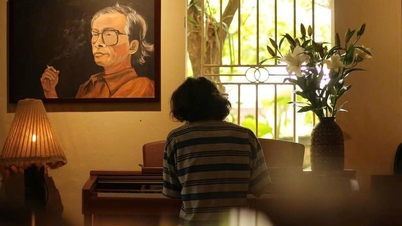










![[Video] Promoting tourism development associated with traditional culture of ethnic groups](https://vphoto.vietnam.vn/thumb/402x226/vietnam/resource/IMAGE/2025/10/4/1a14a065460841be8965c8eace47420f)

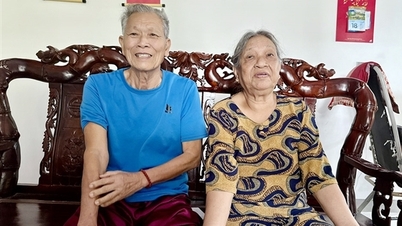



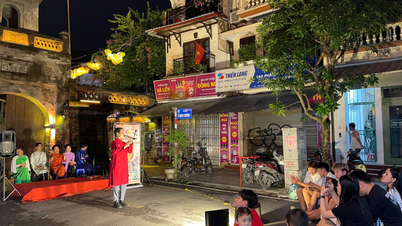

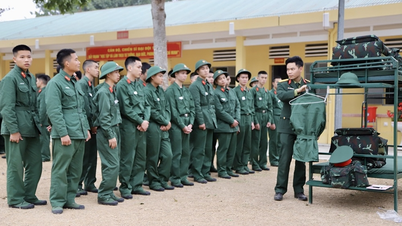














































![[Infographic] Notable numbers after 3 months of "reorganizing the country"](https://vphoto.vietnam.vn/thumb/402x226/vietnam/resource/IMAGE/2025/10/4/ce8bb72c722348e09e942d04f0dd9729)
















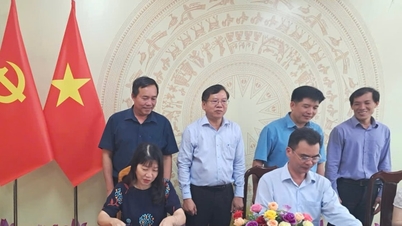

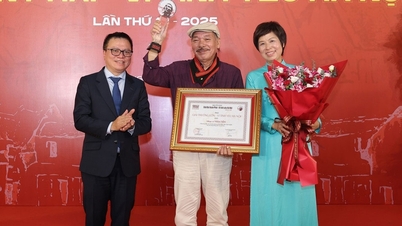

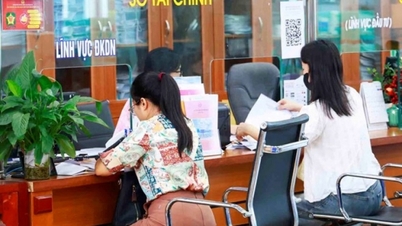

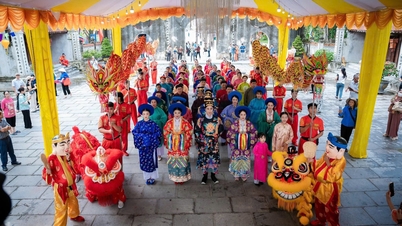













Comment (0)